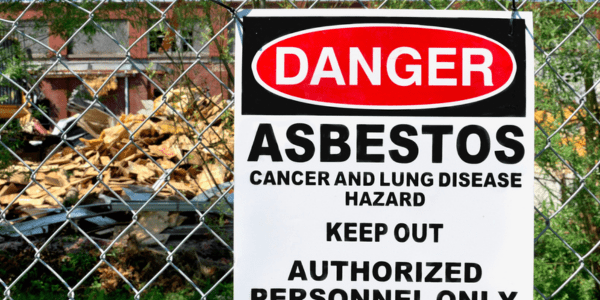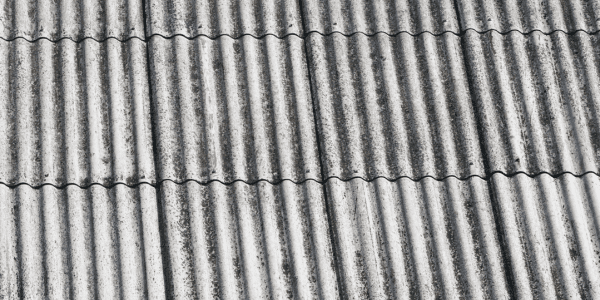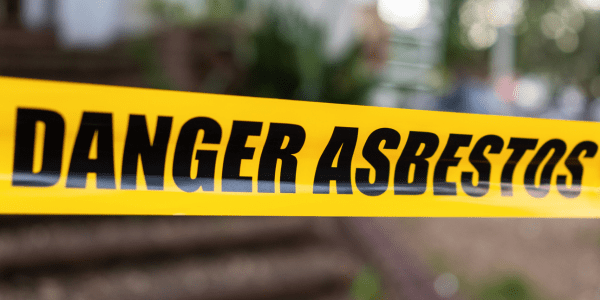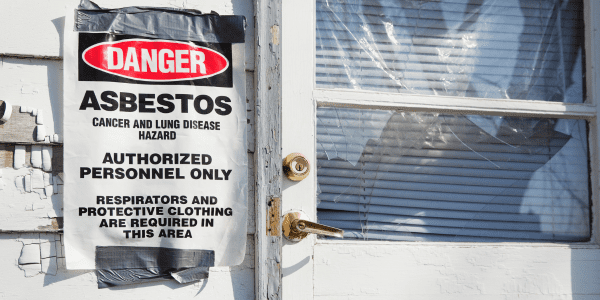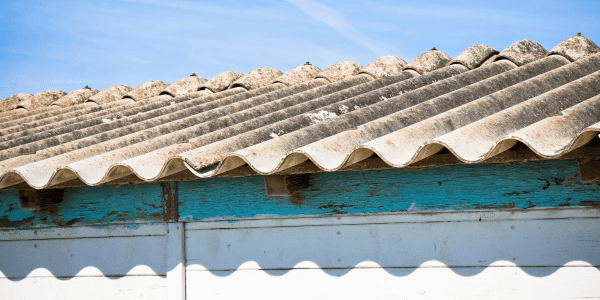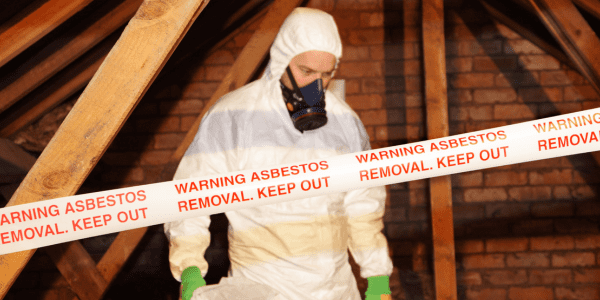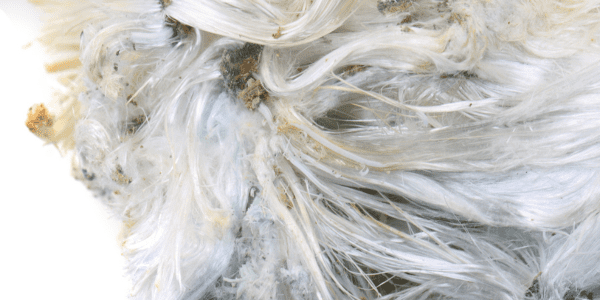Asbestos Testing in Brisbane
Don't take the risk. Get asbestos testing.
If you're concerned about asbestos in the home you're looking at purchasing or about to renovate, book comprehensive asbestos testing.
Asbestos Testing
Asbestos testing is a process of collecting samples of materials suspected to contain asbestos fibers and analyzing them in a laboratory to determine if they contain asbestos and at what concentration.
Asbestos is a naturally occurring mineral that was once widely used in building materials, such as insulation, roofing, and flooring, due to its fire-resistant and insulating properties. However, prolonged exposure to asbestos fibers can lead to serious health problems, including lung cancer, mesothelioma, and asbestosis.
What types of houses contain asbestos?
Asbestos was commonly used in the building industry from the 1940s to the late 1980s. Consequently, it is highly likely that your home contains asbestos if it was built prior to 1985. If your home was built between 1985 and 1990 it is somewhat likely that your home contains asbestos and if your home was built after 1990 it is unlikely.
You can find out more information about locating asbestos in houses built between the 1950s to 1980s here.
Different types of asbestos testing
There are several methods of asbestos testing, including bulk sampling, air monitoring, and surface sampling. In bulk sampling, an asbestos inspector will take a small piece of the suspected asbestos material and send it away for lab analysis.
Air monitoring involves testing the air to measure the concentration of airborne asbestos fibers in a particular area. In surface sampling, a swab or tape is used to collect fibers from a surface suspected to be contaminated with asbestos.
Asbestos testing at Dedant
At Dedant, we only conduct bulk sampling. As many believe it to be more reliable than air monitoring and surface samples. As an actual piece of the suspected material is tested, not just its surface or the air around it.
What's involved in asbestos testing?
During an asbestos inspection, the inspector will check for materials that are likely to contain asbestos. This can include flooring, walls, ceiling, eaves and other areas. If the inspector does identify material that they believe contains asbestos, they will take small samples from the location.
For example, if the inspector suspects the wall lining contains asbestos, the inspector will take a sample of the wall by drilling a small hole. Typically, the samples taken are about the size of a 20c coin. Then, the sample is contained in a sealed bag before sending it off for laboratory testing. Once the lab testing is complete, you will receive a copy of the asbestos report and results.
It is important to hire a certified asbestos testing company to conduct the testing and analysis, as they have the expertise and equipment necessary to properly collect and analyze samples.
What happens if asbestos is found?
If the lab results find that asbestos is present, it is best to contact a licensed asbestos removal specialist. As they will be able to provide recommendations for the next steps or removal. Generally, it's best to remove the asbestos to prevent further exposure and ensure proper disposal.
It's important to remember that asbestos is safe while ever it remains intact. Therefore, it's sometimes not necessary to remove it unless you're planning on renovating the house.
Book asbestos testing today
At Dedant, our inspectors are fully licensed and highly experienced to carry out Asbestos Inspections and Testing. If have any questions or would like to book, contact us on 07 3807 0122 or via our website.

